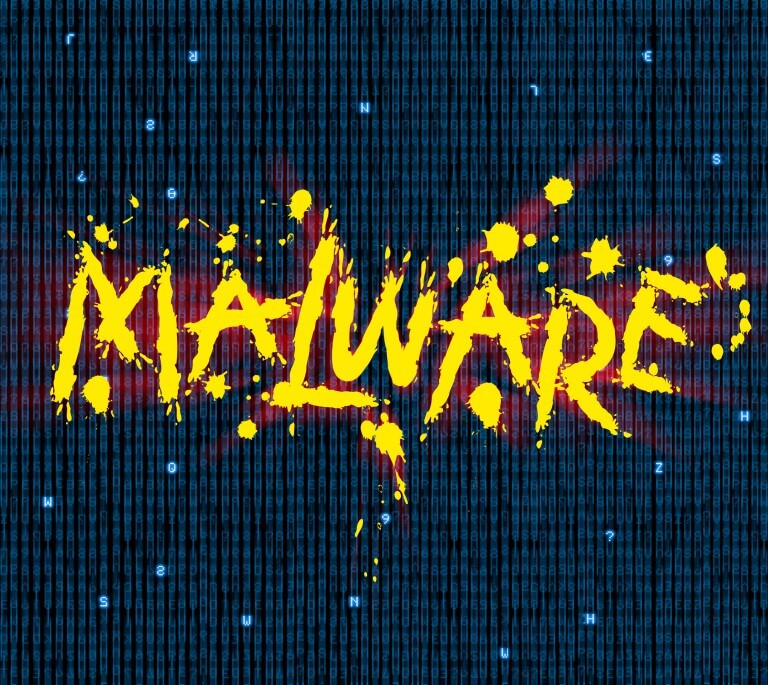Did you hear about the most dangerous laptop in the world, infected with some of the most devastating viruses?
The laptop, a 2008 Samsung 10.2-inch NC10-14GB netbook, has been sold in an auction for $1.35 million by an unknown individual.
Persistence of Chaos: a Piece of Art and Malware
The laptop has been “created” by Chinese internet artist Guo O Dong, and it’s labeled “a piece of art”. The “art installation” dubbed Persistence of Chaos contains six of the world’s most dangerous malware samples, and it’s considered safe. The laptop will become dangerous if it connected to the wireless internet or a USB is plugged in it.
The laptop was commissioned by cybersecurity firm DeepInstinct. An auction was also organiized, and the laptop is now sold for $1.35 million. However, the identity of the person who bought it remains unknown.
As for the reason behind the weird idea, Guo shares that the “fantasy that things that happen in computers can’t actually affect us” motivated him. “Weaponized viruses that affect power grids or public infrastructure can cause direct harm,” the artist added in a conversation with The Verge.
Another example for the real-life danger of cyberattacks is [wplinkpreview url=”https://sensorstechforum.com/endpoint-attacks-medical-management/”] endpoint security in the healthcare sector. Ponemon researchers recently created a report in which they demonstrated how attacks on the healthcare industry aren’t only prevalent but they’re also quite costly. This is especially true of “endpoint” attacks, which are known to cost the industry as much as $1.38 billion annually.
What’s in the Persistence of Chaos laptop?
The laptop contains six viruses which were chosen according to the magnitude of economic havoc they have caused worldwide. Here is the complete list:
ILOVEYOU
The ILOVEYOU virus, distributed via email and file sharing, affected 500,000+ systems and caused $15B in damages total, with $5.5B in damages being caused in the first week.
MyDoom
MyDoom, potentially commissioned by Russian e-mail spammers, was one of the fastest spreading worms. It’s projected that this virus caused $38B in damages.
SoBig
SoBig was a worm and trojan that circulated through emails as viral spam. This piece of malware could copy files, email itself to others, and could damage computer software/hardware. This piece of malware caused $37B in damages and affected hundreds of thousands of PCs.
WannaCry
WannaCry was an extremely virulent ransomware cryptoworm that also set up backdoors on systems. The attack affected 200,000+ computers across 150 countries, and caused the NHS $100M in damages with further totals accumulating close to $4B.
DarkTequila
A sophisticated and evasive piece of malware that targeted users mainly in Latin America, DarkTequila stole bank credentials and corporate data even while offline. DarkTequila costed millions in damages across many users.
BlackEnergy
BlackEnergy 2 uses sophisticated rootkit/process-injection techniques, robust encryption, and a modular architecture known as a “dropper”. BlackEnergy was used in a cyberattack that prompted a large-scale blackout in Ukraine in December 2015.
WannaCry alone caused tremendous financial damage and affected a number of organizations and companies. In October 2018, the Department of Health which was hit by the ransomware attempted to calculate the financial cost of the attack putting the total figure at £92m.



